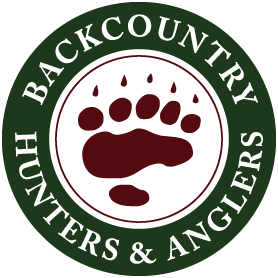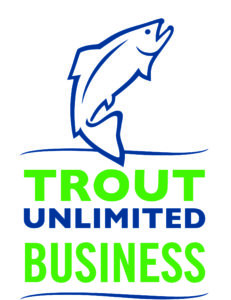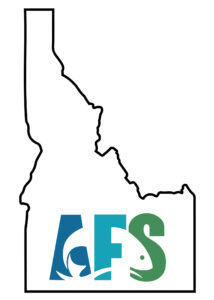Nymphing is the most effective way to consistently catch fish, without a doubt. Trout are aquatic predators and as such eat aquatic food. Most bugs we talk about while fly fishing have an aquatic life cycle. The main food groups for trout are Caddis, Mayflies, Midges, Stonefly, Terrestrials and other fish. 80% or more of a fish’s diet is aquatic insects in the nymphal form. Only during a hatch, which is at the end of an insect’s life, do trout eat the adult versions of the bugs. Even then, trout prefer emergers, cripples or rising nymphs over a mature adult.
Dry fly fishing is the fun part of fly fishing. In the rare situation when you find rising trout and can identify the bug they are eating, then tie one on, it’s amazing. Because this happens rarely, especially in the winter when most aquatic insects are not hatching, anglers typically have a nymph setup or at least a dry dropper set up.
The problem for me is that the two styles of fishing are mutually exclusive of one another. My setup for either style is not compatible with the other. As you will see it is not the easiest to switch between setups which is why I almost always have two fishing rods with me. One is rigged for nymphs and the other is for dries or dry droppers.
Let me start with my dry or dry dropper rig because it is very simple, very standard. 9’ 5 weight fly rod. 5 weight reel. Double tapered 5 weight fly line. Most of the time it’s got a 9’ 5x leader with a 18 inch fluorocarbon tippet. That part changes if it’s hopper season or if I’m fishing tricos. It might be 3x fluorocarbon or it might be 6x monofilament depending on the bugs but typically its a 9′ leader with tippet. We will get into mono and fluoro later.
Now to my nymphing setup. This is a bastardized nymph setup that I’ve taken parts of other setups I’ve seen and liked. This is function over form at its finest. I think I would like a 10’ rod in the future but for now my 9’ 5wt works just fine.
Top Section
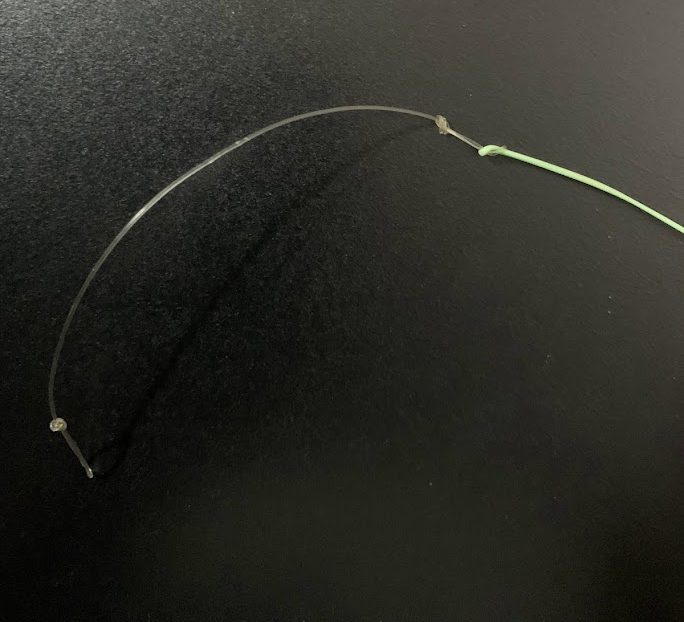

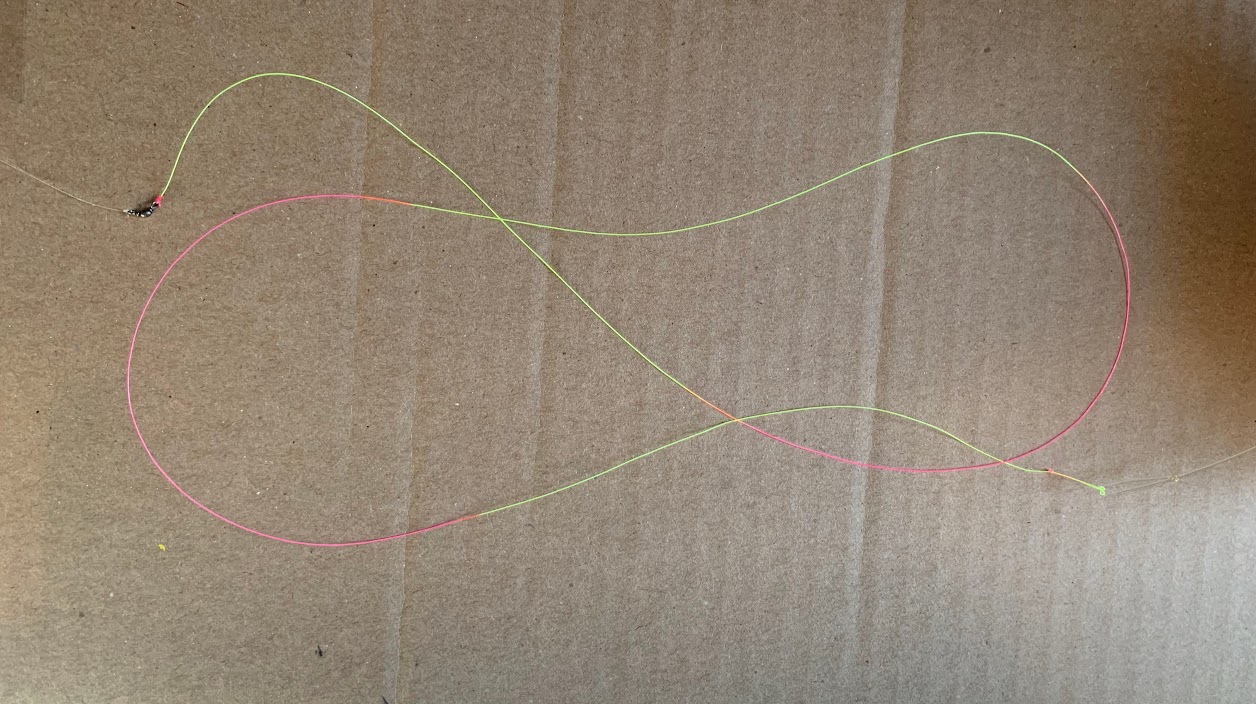
Middle Section
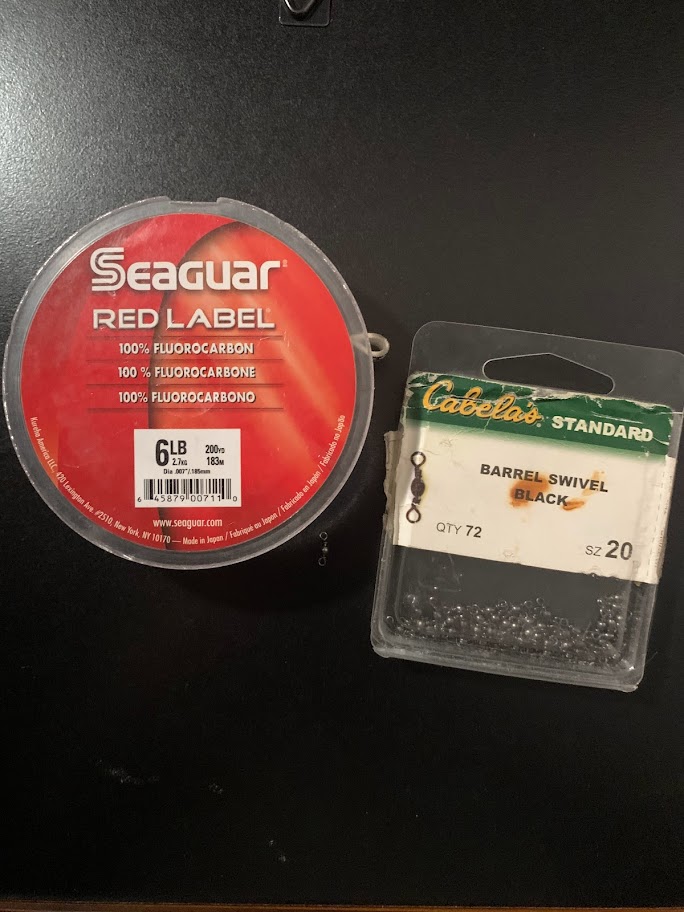
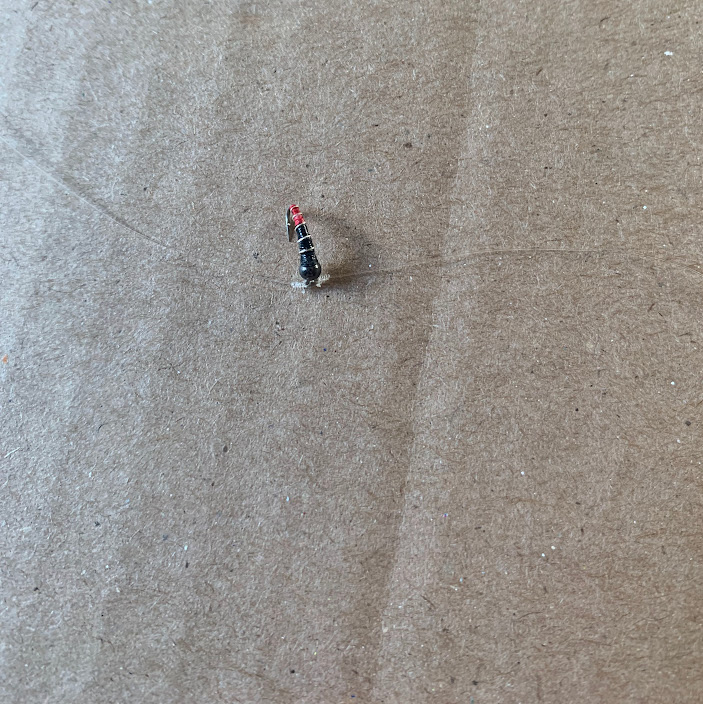
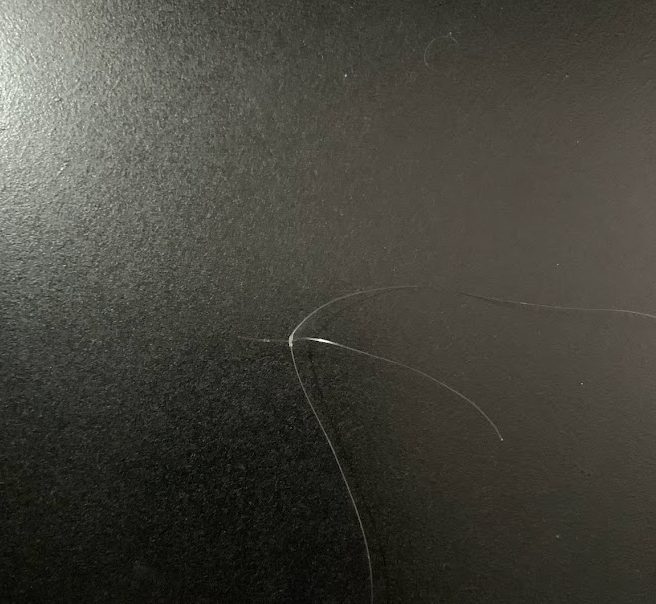
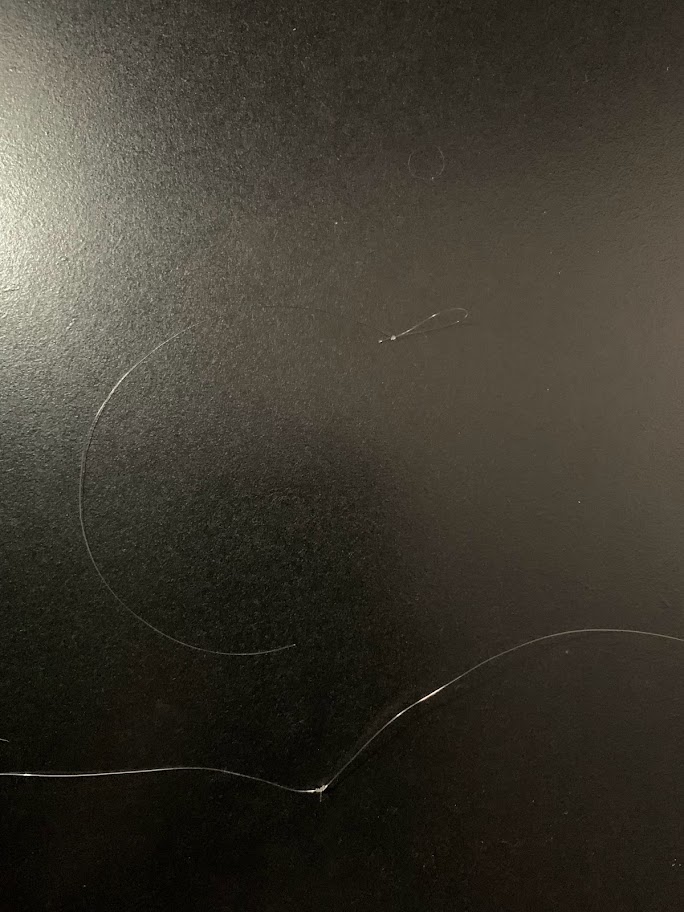
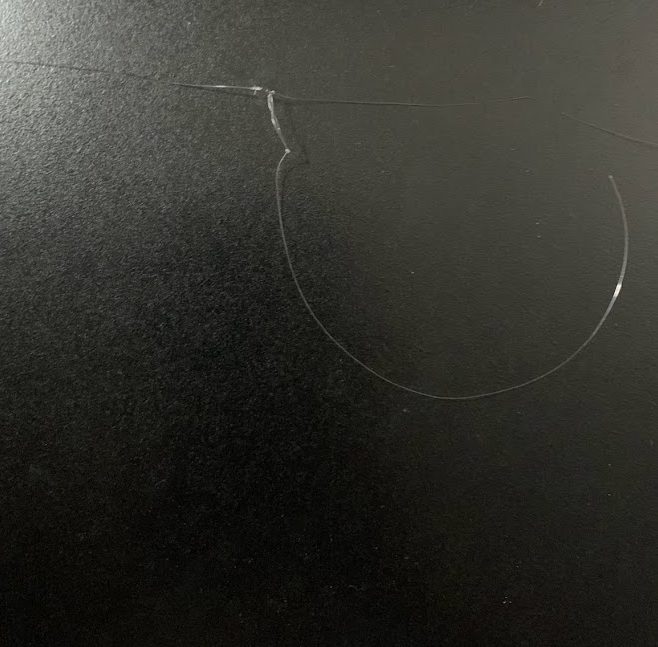

Bottom Section
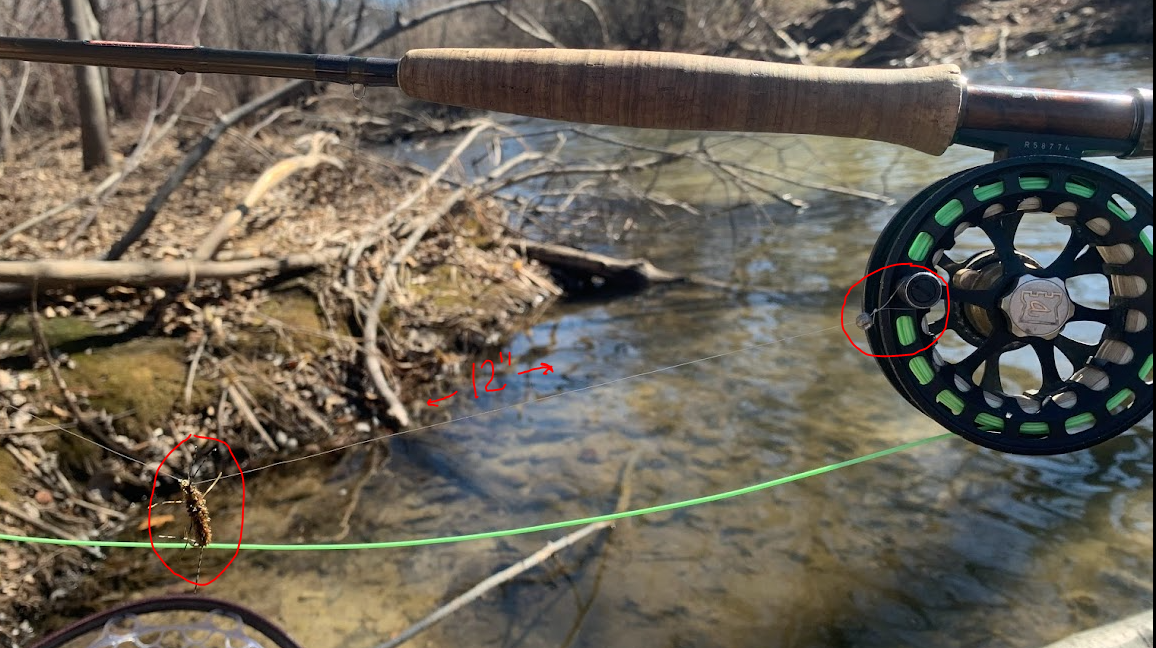
Please try this. Use this as a guide and edit how you see fit based on your experience or waters. Use all of it or none of it. I think some of the points are very valid and some might not matter much.
PRODUCTS
